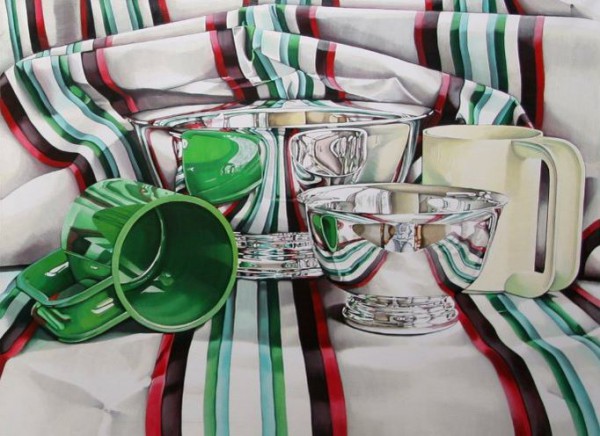
Via: Amazon
E-commerce giant Amazon announced on Tuesday that it has introduced a new flexible pricing model for third-party sellers of art and collectibles. Called “Make an Offer,” the option allows prospective buyers to contact sellers of 150,000+ items on the site’s art section and on other select items. The company plans to roll out the feature to an increasing number of product genres as time goes on.
Once signed in to their Amazon accounts, users of the new feature can simply click on the “Make an Offer” button, just above the site’s traditional “Add to Cart” prompt. After entering their bid, the seller has 72 hours to accept, reject, or give a counter offer. Should a counter offer be given, the prospective buyer then also has 72 hours to respond. Thus, the scheme is more akin to haggling at a flea market—or at an art fair for that matter—than it is bidding at auction, whether in person or on Internet platforms like eBay.
This is not the first time that Amazon has attempted to move away from its fixed price model. In 1999, the site added an auction platform to its offer. However, the venture failed to pull significant market share away from the dominant eBay and thus eventually rolled back the effort.
The company has been adamant to note that “Make an Offer” does not represent a return to the auction model. Users of the feature will not be put in public competition with others who are vying for the same item. And would-be buyers will not be able to offer the third party seller a sum higher than the initial asking price listed on the site.
A Joan Miro etching available within Amazon Art’s new “Make an Offer” scheme
Photo: Screenshot
The latter suggests that sellers with items in particularly high demand or with potential for speculation will still flock to eBay’s less regulated platform (or its numerous other competitors) where prices can climb as high as the market allows within the given time frame of the listing.
As eBay ramps up its own fine art live auction product in collaboration with Sotheby’s and other partners (see “eBay Launches Live Art Auctions This Week“), this latest move by Amazon could be seen as an effort to differentiate their own platform as a more primary market-style alternative.
The platform, which launched in August 2013, has seen debatable success thus far (see “Amazon Art Struggles to Lure Collectors Online, As Expected (Right?)“). And, while “Make an Offer” is no doubt far from a panacea for Amazon Art, it could well add a level of flexibility to the platform that dealers are used to having in their brick and mortar locations.